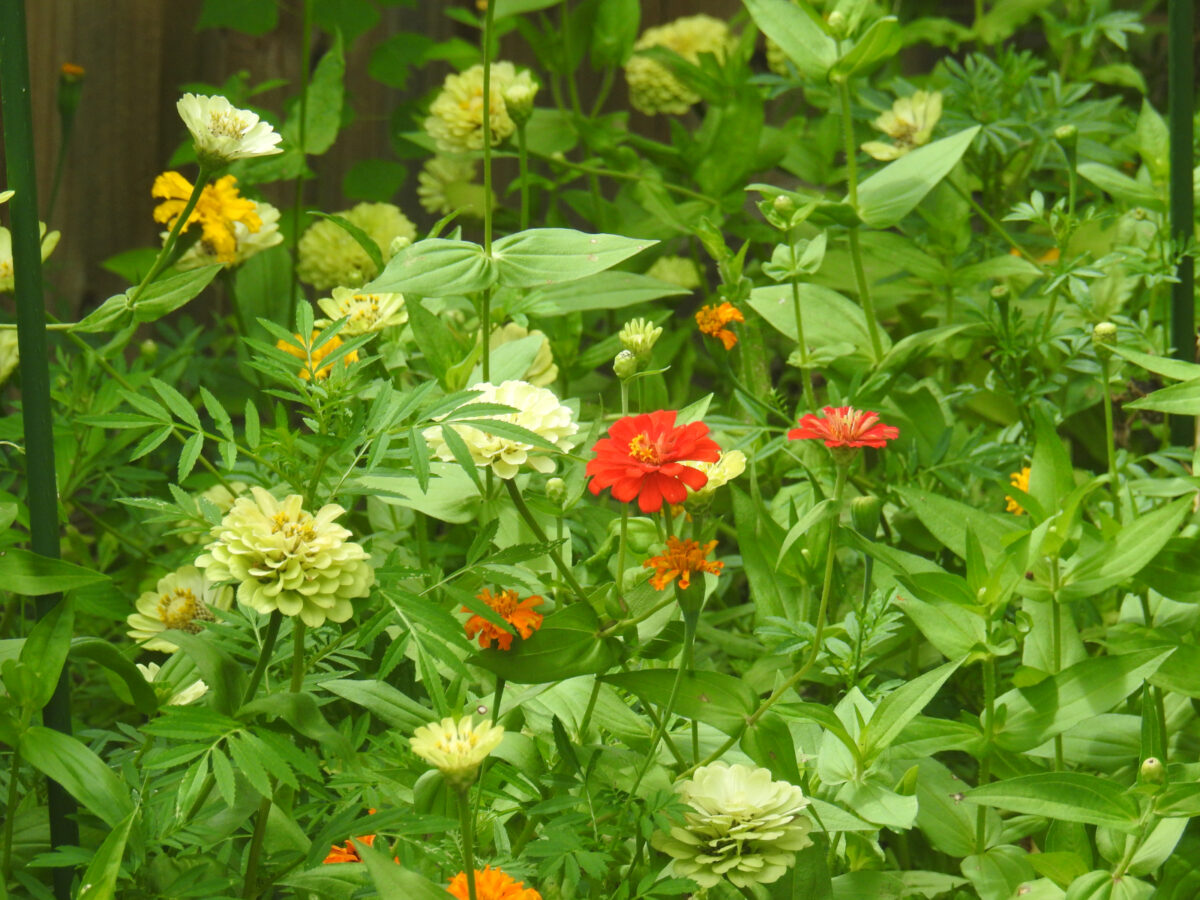Categories
Silent Sunday December 25 2022



Offered without comment. For more info.

The Supreme Court decided in June, 2015 that the fundamental right to marry is guaranteed to same-sex couples. The decision was Obergefell v Hodges, and the was one of the most definitive for civil rights in the last century. A few short years later, this decision, like that for Roe v. Wade, which guaranteed rights […]

We don’t have the largest backyard, but it’s a good size for us. After our place in O’Fallon, with the steep hill in the back, we were excited about a nice flat backyard when we bought the place. We spent considerable time yanking out the pampas grass that had been allowed to spread until it […]